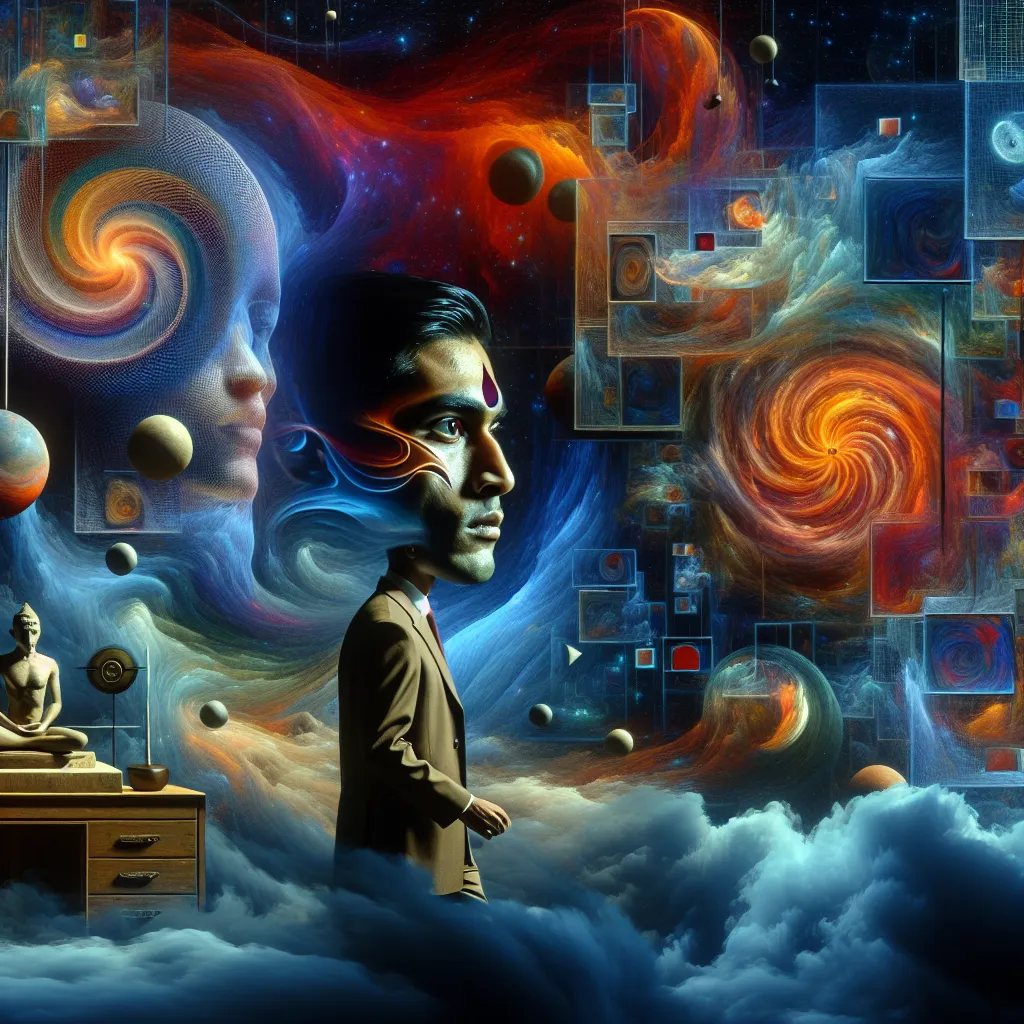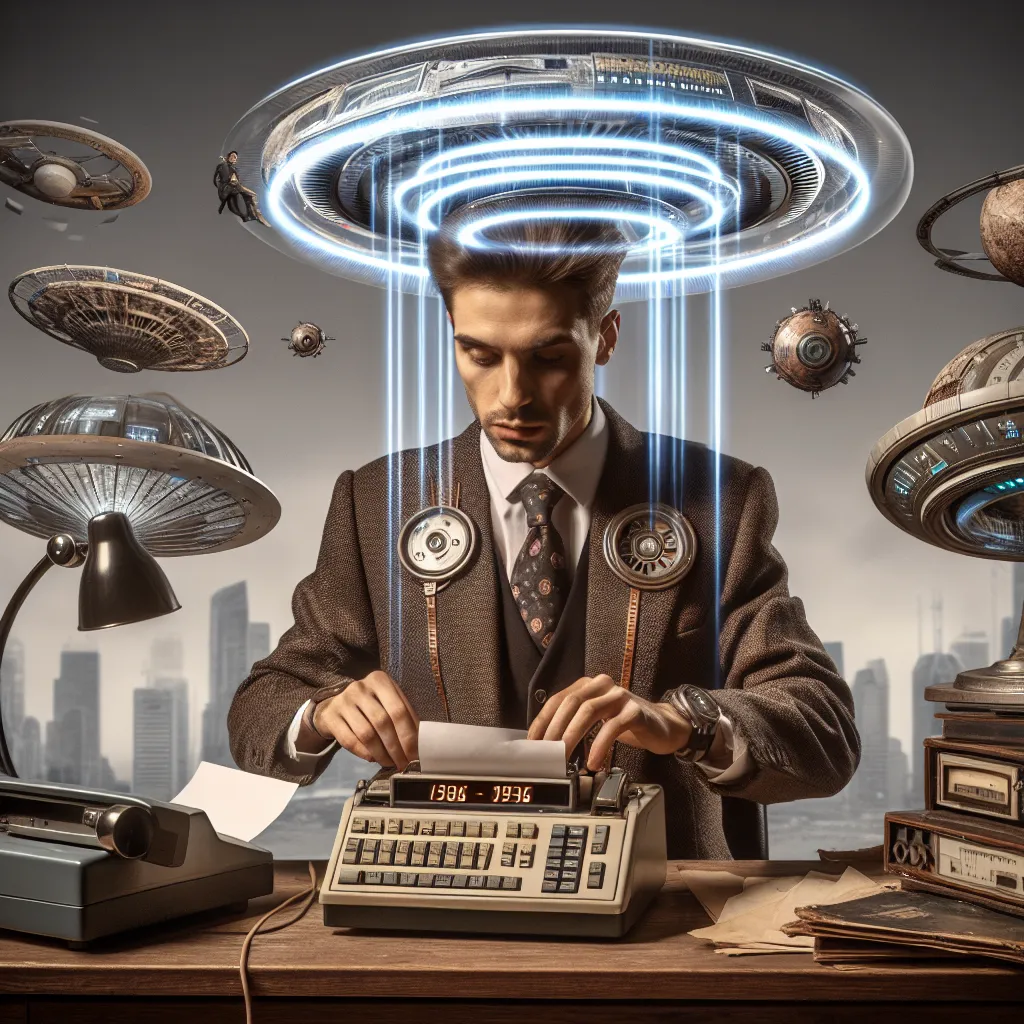For centuries, humans have pondered the meaning of dreams. Dreams are said to offer a peek into our subconscious, helping us process emotions and organize memories. In our waking lives, we often wear masks—sometimes out of politeness, sometimes out of fear—but when we sleep, our inhibitions disappear, revealing the raw truth of our inner selves. Some believe dreams can even predict the future, connect us to other realms, or be shared between people.
Lucid dreaming takes things to another level. Here, your conscious self takes the reins, controlling the dream. You become a god of your own universe, free to shape reality as you see fit. It’s exhilarating and powerful, but the flipside is equally chilling. Imagine if, instead of you, someone else was pulling the strings in your lucid dream. Welcome to the nightmare, where the playground turns into a prison.
This leads us to a rather peculiar story. In 2006, a woman named Jeanie in New York started experiencing recurring dreams involving a strange man. He’d appear in different scenarios but always seemed to know intimate details about her life. Intrigued, Jeanie’s psychiatrist, Dr. Brian Stone, asked her to sketch him. She drew a man with a round face, short black hair, and distinctive features. This drawing lay forgotten until another patient saw it and claimed he saw the same man in his dreams. Dr. Stone emailed the sketch to other professionals, sparking a chain of eerie recognitions from different parts of the world.
Word spread, and soon, reports flooded in from across the globe. Thousands of people had seen this man in their dreams, describing similar unsettling encounters. He often delivered cryptic messages like “Go north” or simply followed them silently.
In 2015, the curiosity around this man peaked when the creator of the site thisman.org, Andrea Natella, admitted to a prank. The site was part of a guerilla marketing campaign meant to test if an urban legend could be fabricated and spread. Despite the debunking, the story persisted, suggesting the unsettling power of suggestion and the weird ways our minds can be influenced.
But dreams hold more than myths. Ancient civilizations, like the Egyptians and Mesopotamians, believed dreams were direct communications with the gods. Freud saw them as glimpses into our deepest desires and fears. Yet, one thing is universal—dreams reflect our waking realities. Being chased, falling, losing teeth, or being unprepared are common themes that echo our real-life anxieties. Conversely, flying dreams represent liberation and empowerment, providing an exhilarating sense of freedom.
The science of dreaming unfolds in stages. Light sleep, deeper rest stages, and finally REM sleep, where dreams turn vivid and intense. Each night, our brains replay scenarios, wrestling with fears, reinforcing memories, or solving problems we couldn’t crack while awake.
While dreams and their interpretations are deeply personal and subjective, they continue to fascinate and terrify us. And who knows, maybe tonight you’ll cross paths with that enigmatic man. Just remember, if you do—go north.






